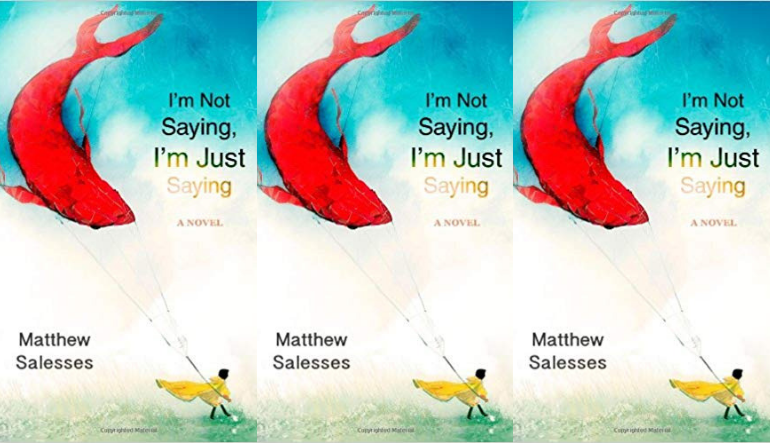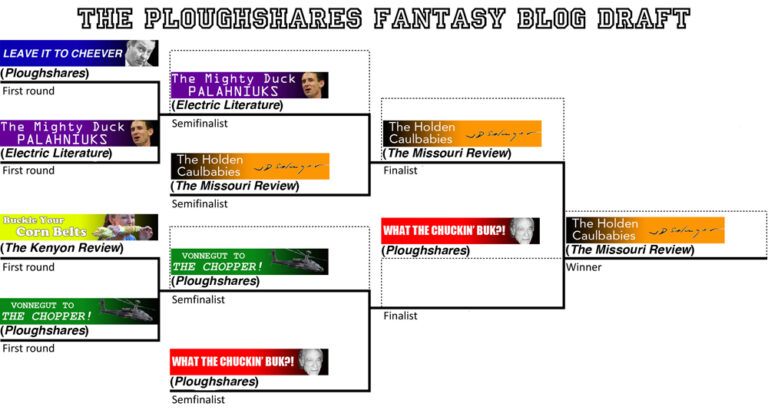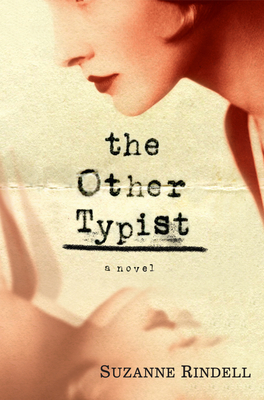The Books We Teach #6: Interview with Matthew Salesses

The Books We Teach series will feature primary, secondary, and post-secondary educators and their thoughts about literature in the face of an evolving classroom. Posts will highlight literary innovations in teaching, contemporary literature’s place in pedagogy, and the books that writers teach. In the spirit of educational dynamism, we encourage readers to contribute their thoughts in the comments section.
Matthew Salesses is the author of I’m Not Saying, I’m Just Saying (Civil Coping Mechanisms, 2013), The Last Repatriate, and two chapbooks, Our Island of Epidemics and We Will Take What We Can Get. His essays and fiction have appeared in Glimmer Train, The Rumpus, Hyphen, American Short Fiction, Guernica, NPR, The New York Times Motherlode blog, and elsewhere. He writes a column for The Good Men Project and serves as the Project’s Fiction Editor. While completing his MFA at Emerson, he was a Presidential Fellow and editor of Redivider. He is currently a Ph.D. candidate at the University of Houston.
Here, Matthew and I discuss his recent teaching experiences at Grub Street, an independent center for creative writing in Boston, Massachusetts.
What classes are you teaching at Grub Street this summer?
This summer I am scheduled to teach several 6-hour seminars: Writing with Style (a seminar on techniques one can use on the sentence level), 20 Revision Lessons (20 ways of looking at revision), Flash Fiction Marathon (a brief intro to flash fiction and on-the-spot writing), and Writing a Hypertext (exercises and techniques to tell a story via new media).
What benefits do you see in the 6-hour intensive workshop format?
[These classes are] nice ways to refresh and re-energize oneself as well as learn new techniques. They act like a shot of caffeine. They’re great for someone stuck with a project or for someone who wants to try Grub for the first time.
How do you structure a course of that length and intensity? How do the hours break down in, say, your Revision Lessons class?
I structure the Revision class in two-hour thirds. Ploughshares staffer Andrew Ladd kindly offered up a first draft of his, which we workshop and apply macro-level revision strategies to, such as cutting the story up for present story and back story, writing down what we learn on each page, and so on. Then we read the published story, compare the two, and talk about other macro-level tips. After lunch, we work with the first two pages of stories the students bring in, reading them aloud and looking at style and some other details to apply on the sentence level. In the last two hours, the class works with their entire drafts, individually, as we try out some quick scanning strategies, like looking at beginnings and endings of sentences, paragraphs, and scenes. When students leave class, they then have a number of different things to try.
I’m interested in your Writing a Hypertext class. Can you explain to me a bit about your approach to this subject and what material you will bring to the course?
The course is designed to explore ways of storytelling that go along with the way we read stories now—in multiple tabs, in browsers, with short attention spans, going off on tangents, clicking hyperlinks, figuring things out for oneself. What I want to do is to give students an opportunity to write stories that branch off in any direction and then make full use of media to connect those branches.
For example, one might write an exercise starring one character, and then continue a chain of events with another character, and then describe a point where those characters met in the past and didn’t realize it, and then map out how to allow a reader to go from one story to another in whatever order and thus piece together a story arc. The reader might click first on the initial meeting, then click on a word within that meeting and skip ahead to the first character’s story, then close that window and return to the meeting with that new context, then click on the mention of the second character’s neighbor and be taken to the second character’s story—where we find out that the two characters have been neighbors forever, and if they stopped to acknowledge each other might have made that initial meeting the foundation of a relationship. And so on.
Some of my favorite examples of [literary hypermedia] are at Born Magazine, or there’s also Ken Calhoun’s “Big Swing” and Mary-Kim Arnold and Matthew Derby’s “Kokura.” The course doesn’t involve programming or anything, but we map out where to put links and what connects with what. Shelley Jackson’s “My Body,” is [a good example of] what we map out.
What writing lessons were you taught as a student that you now return to as a teacher?
If you read something, even on the 100th pass, and find yourself bored, then it is boring. It’s not that someone with fresh eyes might find it interesting. No one else will ever be as interested in your story as you are. This is advice from the wonderful Margot Livesey, who was my thesis adviser at Emerson. Before she said this, I had been looking at my work as if I would like it more had I the surprise of a first read. I’d been fooling myself in many things before Margot’s workshops.
Can you recall a particular text that most students responded to quite positively? What about this text elicited such collective enthusiasm?
Students usually respond strongly to George Saunders stories—it’s the way, perhaps, that he convinces readers by disarming them with jokes and then sneaking in after the laugh to break hearts. There’s a bit of misdirection that students seem especially drawn to if they’re reading Saunders for the first time. There’s also, I think, the fact that he often writes stories that contain ideas. My intro classes sometimes come in with ideas and try to write stories about them. Saunders does this the writer way, to tell a story that also just happens to come with ideas.
One Saunders story I love is “Sea Oak.” The aunt in the story articulates [the story’s] particular idea—something like, “Why do some people get everything and I got nothing?” That haunts me (just as it haunts the story). But the story isn’t pushing an agenda; it just explores the question through the page-turning action, and asks it in the words of a character, rather than in the purpose of the writing.
In a recent Research Notes essay in Necessary Fiction, you say that, “fiction means we must be hard on that person in the mirror, both the character and the part of that character that is ourselves.” Do you ever think about yourself as a teacher when you’re writing fiction? Does this part of yourself show itself within your fictionalized universes?
I have actually thought about this—kept in mind my teaching as I wrote. Just the idea that I really need to put my money where my mouth is. In my Style class, I talk about meter and counting stresses and the smallest details of a strong sentence. I hope that I write this way too. When I sit down at the computer, that responsibility is there.
I’m Not Saying, I’m Just Saying is a gorgeously raw and exposed book—a painful and all the while captivating study of a man’s vulnerabilities in the face of change. As a teacher, how do you encourage students to more fully explore themselves within the characters they create?
One exercise I do sometimes is an adaptation of one of Laura van den Berg’s prompts, which I hope she won’t mind me sharing here. Her prompt is to ask a student to write down three unrelated things and, using the old pull-it-out-of-a-hat method, ask another student to write a story including the things the second student pulls blind. I like to mix it up by asking my students to write down three things they wouldn’t want anyone to know about them, and then do the blind switch. It’s an exercise, I think, in vulnerability and in creating a character that connects those three [disparate] things.


